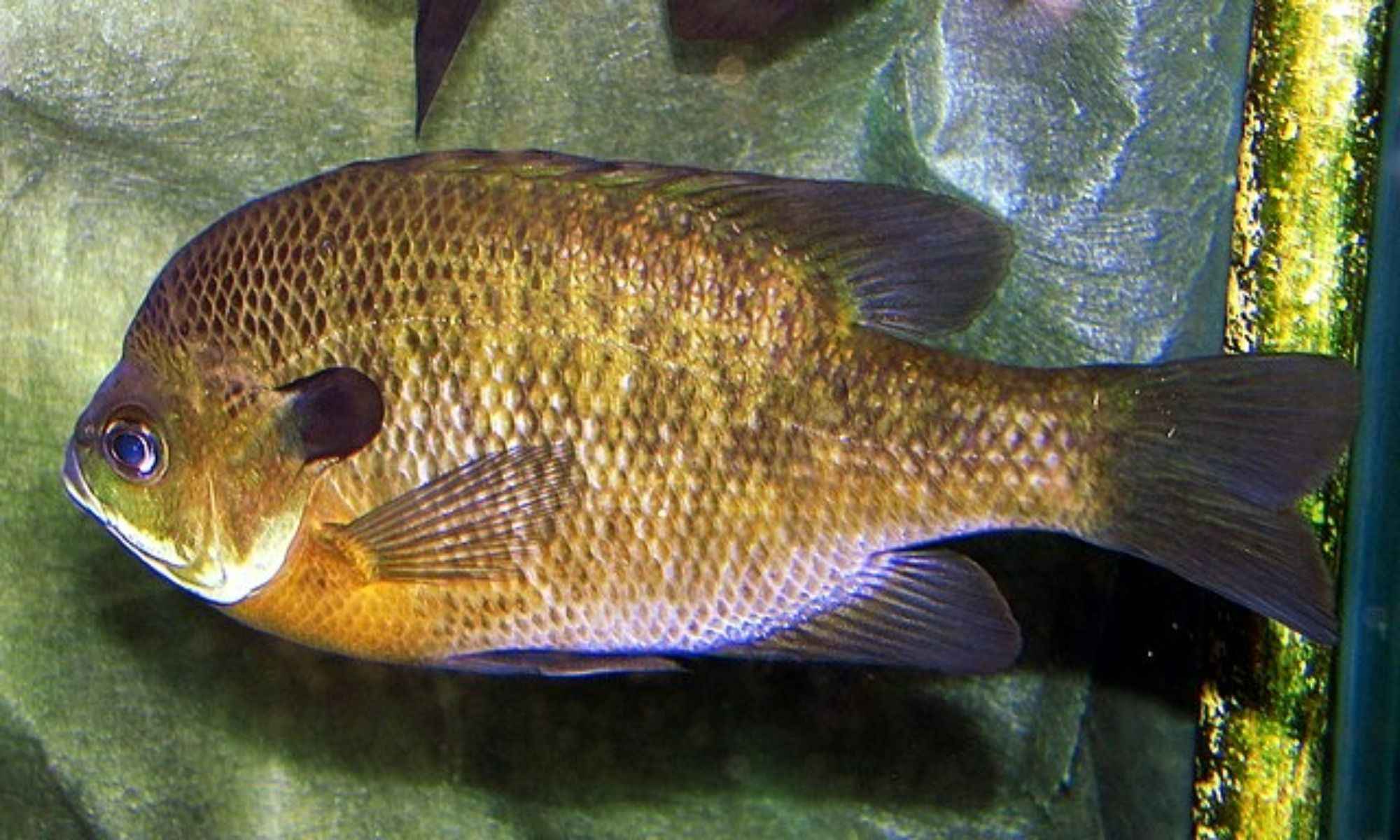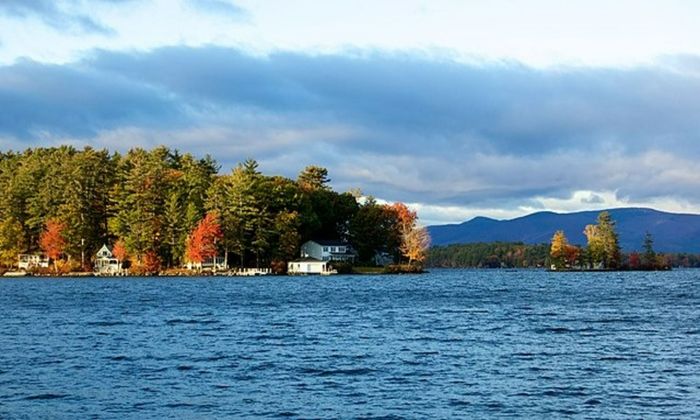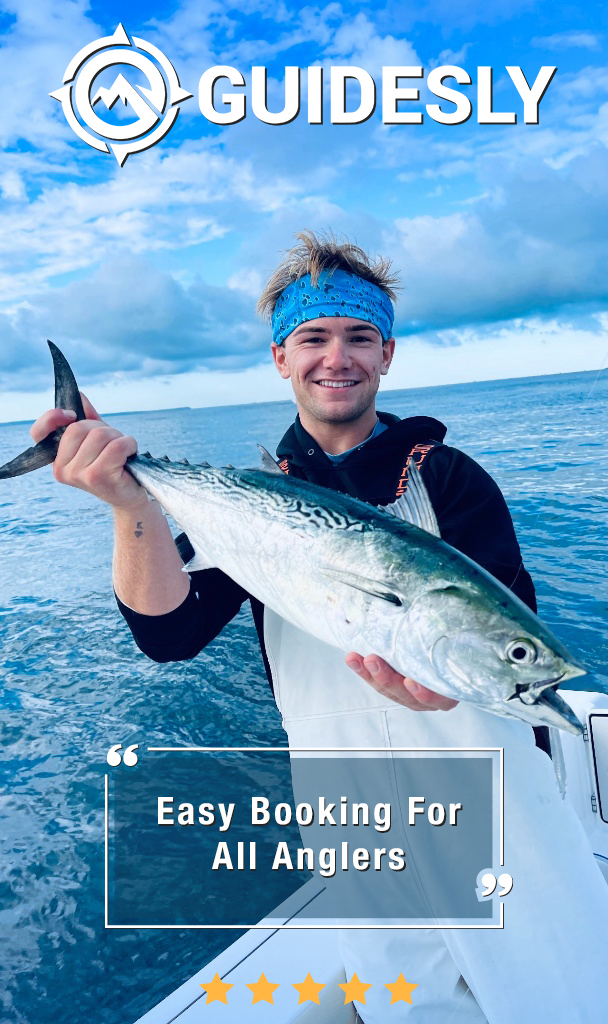Top 10 Locations for Fishing Bluegill
These top destinations for bluegill fishing will give anglers more than their fair share of catch for the day.

Bluegill is, without a doubt, the most abundant fish species in the country's freshwater bodies. They are one of the best fish for any type of fishing. These fish can be found all over the place, and bluegill fishing has its fair share of top spots on the map.
These fish have discovered a way to adapt and live in a wide variety of private ecosystems where they will not target larger fish. Their numbers have increased, eliminating many of their daily hazards. When it comes to catching bluegill, there are numerous bodies of water to choose from.
Let's look at the top 10 bluegill fishing destinations, ranging from open lakes to rarely visited rivers.

1. Lake Winnipesaukee, Belknap, New Hampshire

Lake fishing and boating escapades are activities to enjoy aside from having an ample supply of fish species to choose from, be it trout, sunfish, salmon, perch, bass, or bluegill.
Lake Winnipesaukee is the largest lake in New Hampshire, situated just 5.5 miles from Gilford, Belknap County, on the foothills of the White mountains in Laconia. It is about 12 miles wide and 20 miles long, surrounded by numerous islands, including Long Island.
There are a few interpretations for the Indian name of Lake Winnipesaukee; among them are “Beautiful Water in High Place” and “The Smile of the Great Spirit.” However, the most widely accepted meaning is “good outlet.”
Fishing techniques to consider here are fly fishing, baitcasting, spinning, or trolling.
2. Lake Okeechobee, Palm Beach County, Florida
Lake Okeechobee is the biggest freshwater lake in the Sunshine State of Florida and the eighth largest among the 50 states of the United States of America. It spans about 730 square miles, with its water source coming from the Kissimmee River. Commonly called the “Big O,” its name is derived from the Hitchiti words “Oki,” meaning water, and “Chubi,” which means big.
It is a top freshwater fishing destination, and fish species found in this lake include largemouth bass, crappie, and bluegill.

Popular fishing techniques in the area are spinning, baitcasting, and fly fishing.
3. Nelson Lake, Sawyer, Wisconsin
In Sawyer County, Wisconsin, Nelson Lake, a reservoir, was named after Frank O. Nelson. He proposed to build a dam across the Totagatic River on January 9, 1934, to create a lake as a breeding ground and refuge for all fish and wildlife. Mr. Nelson died before the dam was completed.
Angling opportunities include bluegill, crappie, walleye, and northern pike. Bluegill fishing is open year-round with a daily bag limit of 10.
The fishing technique permitted is trolling for up to 3 baits, lures, or hooks per angler.
4. Toledo Bend, Sabine, Louisiana
The biggest man-made water body bordering both Texas and Louisiana is the Toledo Bend Reservoir. It covers an area of about 185,000 acres, making it the fifth-largest in the United States regarding the surface area.
Popular fish species is the largemouth bass. Crappie, catfish, striper, bluegill, and redear sunfish exist in ample supply in this place as well.
Preferred fishing baits are crankbaits, spinnerbaits, poppers, jigs, and plastic worms. Fishing techniques like spinning, popping, and jigging are allowed.
5. Clear Lake, Lake County, California
Clear Lake is located in Lake County and is known as the largest natural inland lake in California. It is north of San Francisco and Napa County and covers a surface area of 68 square miles. Touted as the oldest lake in North America, it goes back a history spanning over 2,500,000 years.
Clear Lake is well-populated with largemouth bass, bluegill, crappie, catfish, and carp. Spinning and jigging are popular fishing techniques.
6. Mosquito Lake, Trumbull County, Ohio
Located in northeastern Ohio, Mosquito Lake Reservoir is about 6 miles (around ten minutes away) from Warren County. It offers superb fishing and boating experiences with its 6,500-acre surface area. Fish species such as catfish, bass, crappie, bluegill, walleye, white bass, perch, and northern pike are abundant. Ice fishing is a popular technique in this area.
7. Kentucky Lake, Calloway, Kentucky
Kentucky Lake is an artificial lake located in southwestern Kentucky, and it overlaps with the state of Tennessee. It has an area of about 260 square miles, with over 2,300 miles of shoreline and spanning 184 miles long.
Kentucky Lake, by far, holds one of the large populations of bluegill in the whole of Kentucky. They are populated with several larger and more significant kinds. You can also catch plenty of redear sunfish, largemouth and smallmouth bass, crappie, catfish, and yellow bass.
Jigging and bottom fishing work well in this area.
8. Reelfoot Lake, Tiptonville, Tennessee
Reelfoot Lake is the only nature-made lake in Tennessee, spanning over 15,000 acres of surface area. The occurrence of earthquakes in 1811-1812 caused the Mississippi River to flow backward, creating this picturesque lake.
Bluegill fishing is the best in Reelfoot lake, with average hourly harvesting of about 1.5 to 2 fish. Crappie, catfish, yellow bass, and largemouth bass are plentiful here.
Reelfoot lake shorelines are the best for bank fishing opportunities. Spinning and jigging are great techniques for catching fish; spinnerbaits, spoons, plastic worms, live minnows, and topwater lures are the best baits to choose from.
9. Lake Kissimmee, Osceola County, Florida
A 35,000-acre rectangular expanse near Avon Park is where Lake Kissimmee is located. This lake has a depth of around 10 feet. The lake is surrounded by numerous islands, including Stern, Ox, Bird, Rabbit, and Brahma Island, the biggest one among the lot.
Bluegill, crappie, sunfish, gar, big channel catfish, and pickerel have a healthy population in Kissimmee. Jigging is a popular technique to use in Lake Kissimmee. Other anglers prefer to use 12 to 15-foot poles, hooks, an 8 to 10-pound test line, corks, and live bait such as crickets and earthworms.
10. Lake Talquin, Leon and Gadsden County, Florida
A reservoir between Gadsden County and Leon County, Lake Talquin is 10 miles from western Tallahassee. Considered one of the best lakes for bluegill fishing in Florida, the reservoir is approximately 8,850 acres and about 20 to 30 feet deep. Largemouth bass, redear sunfish, and crappie are also prevalent here.
The accepted fishing techniques in the area include trolling and spinning. Other anglers prefer to put on one or more tiny split-shot weights on their line to go down.
Takeaway
It would be difficult to decide where to go for your next fishing trip with so many options. A few things to consider would be the proximity and accessibility of the place, your budget, the other kinds of fish to catch, and the techniques you can utilize while fishing. This list should give you a pretty good idea of what to expect with every destination in a nutshell.
Planning your next bluegill fishing expedition? Try booking your next trip to one of these places. Who knows? You might get to catch a record-breaking load of bluegill while there. Happy angling!




